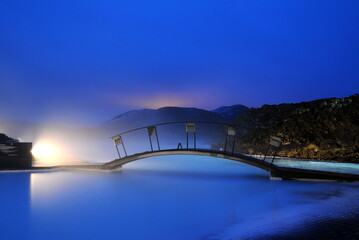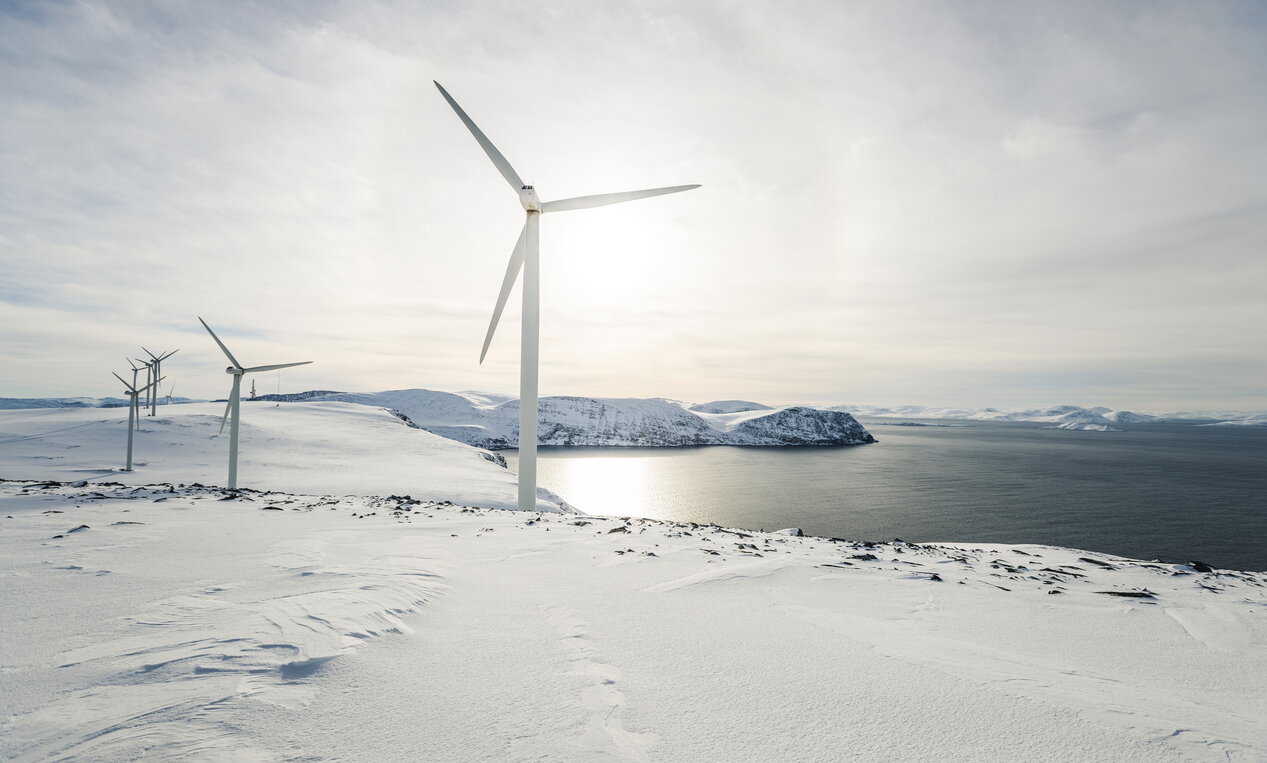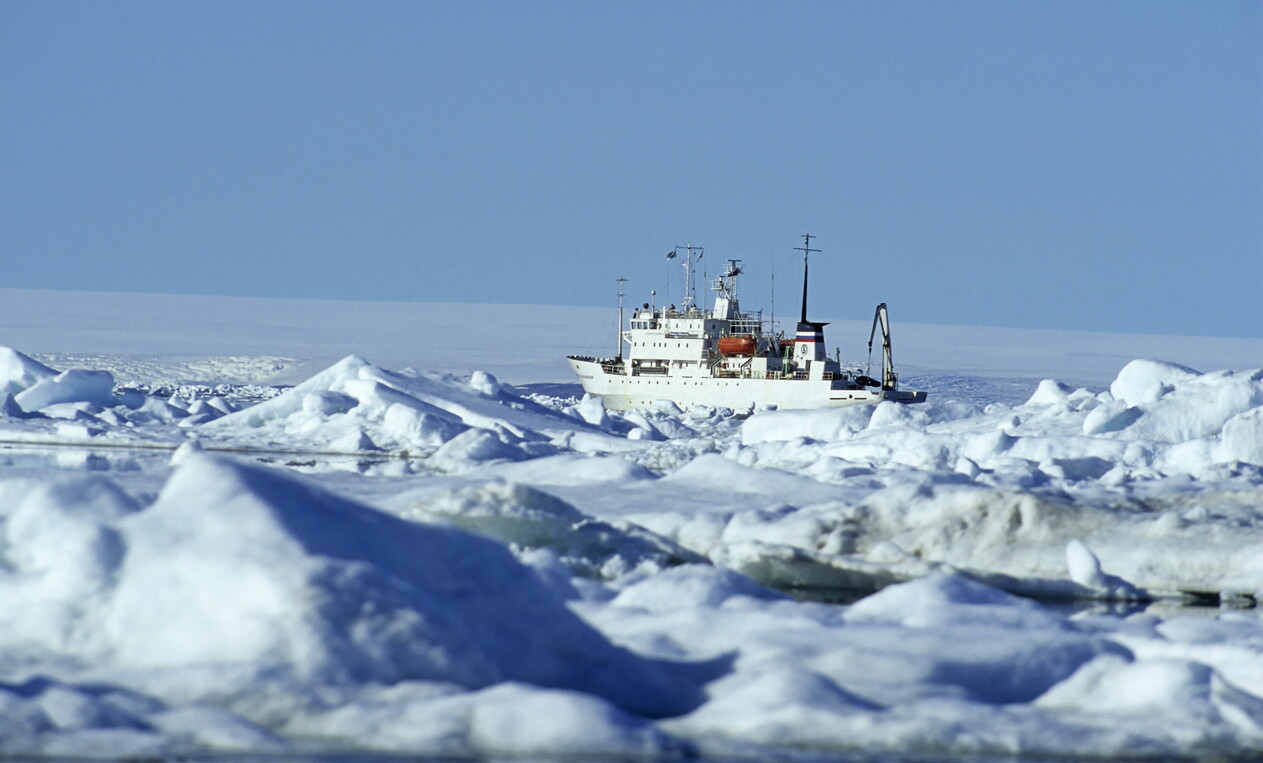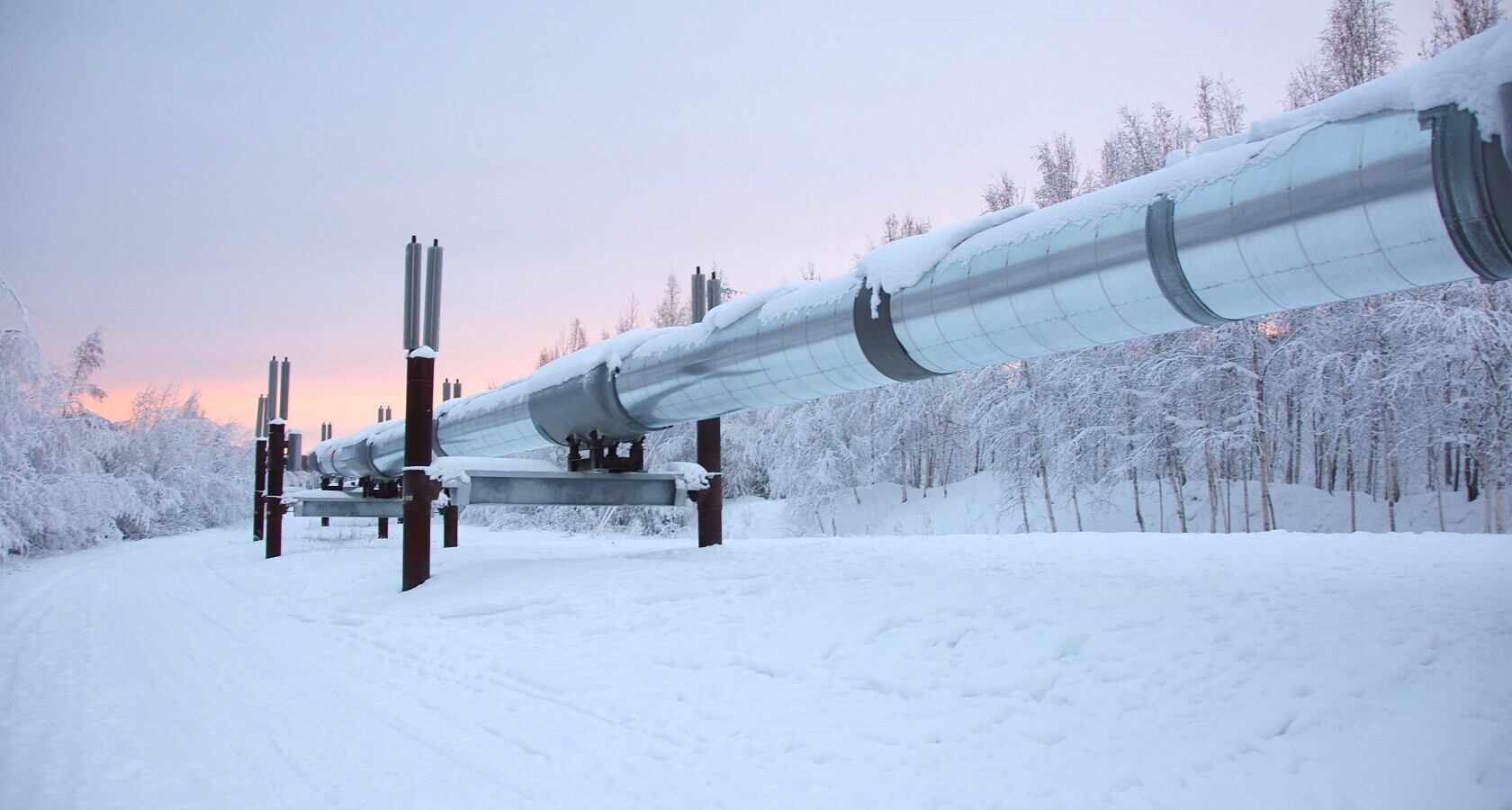
The challenges of climate and security
The key of transition
The Artic, with its reserves of critical minerals, represents a strategic frontier for the energy of tomorrow's world. But unlocking its potential will require bold decisions, strategic investments and the will to act
11 minThe Arctic, home to four million people, including 10% Indigenous communities, has long fascinated explorers and rulers alike. It has been a region of mystery, resilience, and resource abundance, supplying the world with vital commodities for centuries. From whale oil that once lit European street lamps to the modern-day extraction of oil and gas, the Arctic’s natural wealth has shaped global economies. But now, a new chapter is unfolding. As the world transitions to renewable energy and digital economies, the Arctic is once again at the centre of global attention—this time, as a strategic provider of seafood, clean energy, and, increasingly, critical minerals. In addition, located at the top of the world – it is also strategically located from a logistics and defence perspective.
Arctic Economy, Between Tradition and Innovation
For decades, the blue economy has been a defining feature of the Arctic. The cold, nutrient-rich waters of the North have sustained global fisheries, feeding millions in the urban centres of the South. For centuries the region has been exporting fish as food to the south but it is changing. The seafood industry is becoming more innovative, integrating bio-innovation and pharmaceuticals into its value chain. Companies are exploring new ways to utilize marine resources, from fish collagen in cosmetics to omega-rich compounds in pharmaceuticals. What used to be waste is now high-value products.
E
nergy has long been another pillar of the Arctic economy. The story began centuries ago with European whalers who hunted for blubber to fuel street lamps in London and Amsterdam. The 20th century saw the rise of oil and gas, making the Arctic a critical supplier of fossil fuels – Northern Norway, Alaska and Russia is today large Arctic energy producers. Today, however, the winds are shifting—quite literally. The region is witnessing a growing wave of investments in renewable energy. Small, isolated communities are replacing diesel generators with solar panels. Iceland’s geothermal energy is transforming agriculture, heating massive greenhouses that extend the growing season. Greenland is embarking on its largest-ever infrastructure project—expanding a hydroelectric power plant near Nuuk. In the Nordic countries, wind turbines are reshaping energy markets, fueling the hydrogen economy and providing green power to industrial hubs such as Kiruna, Sweden, where renewable energy is set to revolutionize iron ore production. It is in the intersection of energy production and raw materials extraction and processing where we see the next big opportunity.
Mining industry takes centre stage
The most significant transformation in the Arctic today lies beneath the surface. The mining industry, long a steady presence, is now poised to take centre stage. Fisheries and energy have historically dominated the regional economy, but rising global demand for raw materials is set to make mining the Arctic’s next defining industry. Two powerful forces are driving this shift.
First, the green transition is accelerating the need for minerals. Electric vehicles require six times more minerals than their fossil-fuel-powered counterparts. Offshore wind farms demand thirteen times more critical materials than comparable gas-fired power plants. The world’s ambitions for a clean energy future are inextricably linked to the availability of copper, lithium, nickel, rare earth elements, and aluminium—many of which are found in Arctic territories. Yet, supply is falling short of demand, putting at risk the climate targets set by global agreements.

The second driver is strategic security. As countries recognize the vulnerabilities in their supply chains, the race to secure critical raw materials has intensified. Today, the European Union relies heavily on China, Russia, Iran, and the Democratic Republic of the Congo for its mineral supply. In 2023, five countries—Indonesia, China, Russia, Australia, and Canada—accounted for 87% of the world’s production of copper, lithium, nickel, rare earths, tungsten, and zinc. Processing capacity remains overwhelmingly concentrated in China. This dependency presents not only an economic challenge but also a geopolitical risk. To build a modern F-35 fighter jets or a satellite you need to have access to several critical raw materials. As nations seek to de-risk their supply chains, the Arctic emerges as a vital alternative—rich in resources and largely governed by NATO-member states.
A recent report from the Arctic Economic Council found that 31 out of 34 critical raw materials essential for modern economies are present in the Arctic. The region is home to some of the world’s largest nickel and cobalt reserves, as well as major zinc and iron ore mines, such as Red Dog in Alaska and Kiruna in Sweden. Yet, despite this abundance, mining development in the Arctic remains frustratingly slow.
Time, infrastructure and manpower: a global challenge
It is a global challenge though. It takes, on average, sixteen years to move from discovery to full-scale production, a timeframe that has only increased in recent years. The bottlenecks are numerous: lengthy permitting processes, sluggish regulatory approvals, and a lack of local processing capacity all contribute to the delay. Even with abundant renewable energy and vast land areas that could support mineral processing, Western nations have been slow to develop these facilities, further exacerbating their reliance on foreign refineries.
Time is not on our side. To meet the growing demand for critical raw materials, governments and industries must act swiftly. Speeding up regulatory approvals is essential. A mining operation cannot wait decades for environmental assessments, feasibility studies, and permitting decisions. Clear, efficient, and responsible timelines are necessary to attract investment and bring Arctic resources to global markets. Here new technologies and expertise can help us develop responsible resource development.

Equally important is infrastructure. Mining in the Arctic is expensive. Sites are often located in remote areas, far from existing roads, ports, and power grids. Strict environmental regulations—rightfully more stringent than in countries like the DRC—add further complexity. Governments must step in to build the economic backbone of roads, railways, ports, and communication networks that will support private investments. Without these foundational projects, the Arctic’s mining potential will remain untapped.
There is also a workforce challenge. The mining industry has changed dramatically, becoming more automated, digitalized, and sustainable than ever before. Yet, outdated stereotypes persist. Many still view mining as dull, dirty and dangerous, deterring young professionals from entering the field. Changing this mistaken perception is crucial. The future of Arctic mining will depend on skilled engineers, geologists, and technicians who can operate cutting-edge technology in some of the world’s harshest environments. Investment in education and vocational training is essential to ensuring that Arctic communities can benefit from and participate in the region’s economic transformation. This would also lead to a just transition away from more traditional industries that might not be in the region in the long term.
The need for cultural change
Beyond infrastructure and workforce, a broader cultural shift is needed. Too often, mining projects face resistance under a "Not In My Backyard" (NIMBY) mentality. Yet, if the Arctic is to play a key role in the green transition, this mindset must evolve into "Why In My Backyard?" (WIMBY). The reality is that mining will happen somewhere—it is a necessity for the world’s energy future. The question is: do we want it done in places with strict environmental and labour standards, or in regions with little regard for sustainability and human rights? No conversation about Arctic economic opportunities is complete without recognizing the role of Indigenous communities. Their participation in the mining sector is already critical today and will continue to be in the future.
The Arctic is uniquely positioned to meet global demand for critical minerals in a responsible and ethical manner. But to succeed, international partnerships are essential. No single country can develop the Arctic alone. Global investors can help finance major infrastructure projects. Foreign expertise can support the development of advanced processing facilities. Labor mobility can bring skilled workers to sparsely populated Arctic regions. The need for critical raw materials is a worldwide challenge—one that requires collaborative, cross-border solutions. Recent global power interest in the Arctic will just increase the need for collaboration through organisations like the Arctic Economic Council. The Arctic is more than a resource hub; it is a strategic frontier in the world’s energy future.
History has shown that human progress is driven by the resources we extract from the Earth. The moment we first turned the planet "inside out," uncovering the minerals that fuel our industries and technologies, the course of civilization changed. Today, we stand at a similar crossroads. The Arctic holds the keys to the world’s energy transition, but unlocking its potential will require bold decisions, strategic investments, and a willingness to act—before it is too late.

